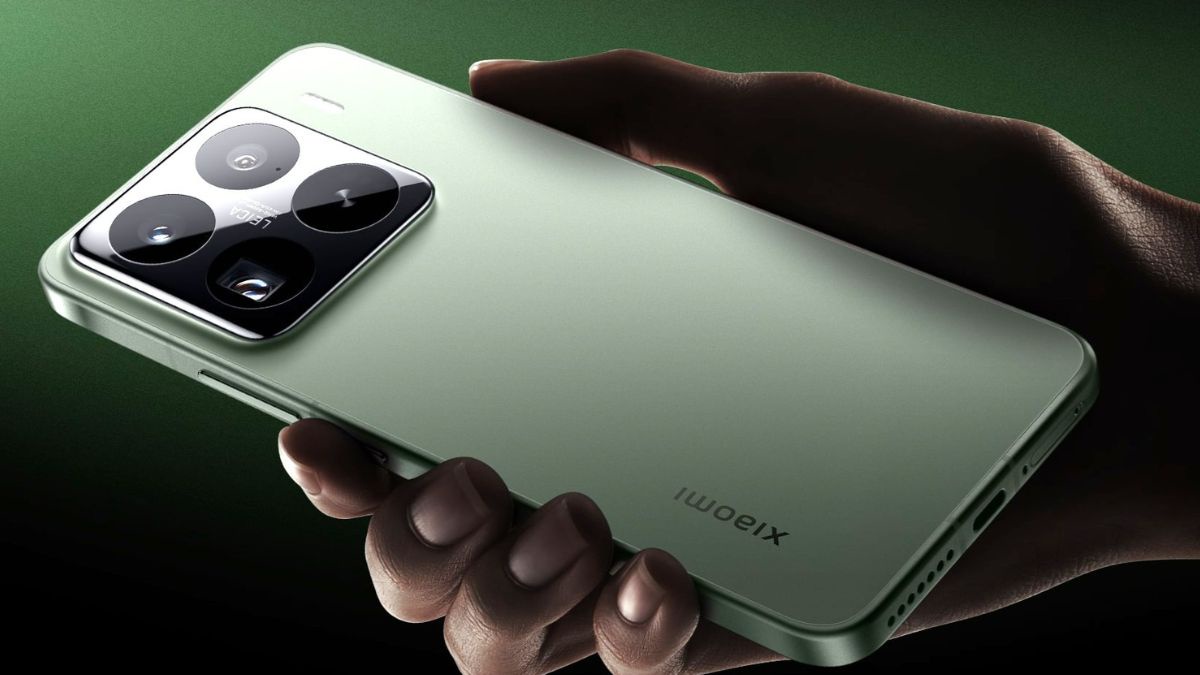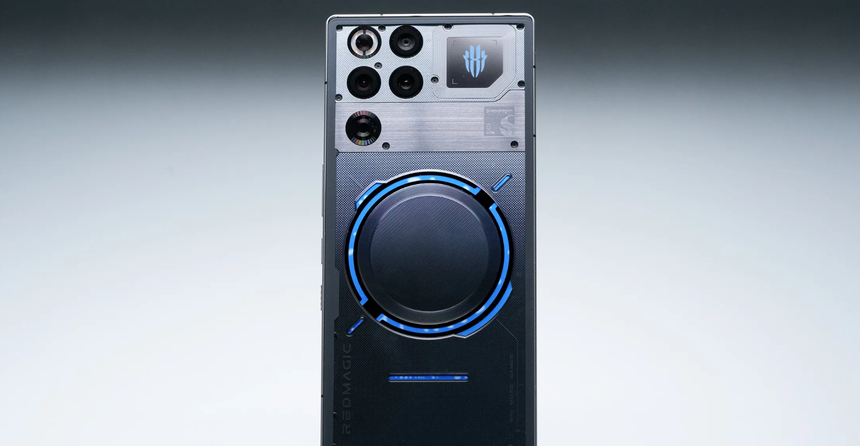Xiaomi is reportedly working on a compact flagship dubbed the Xiaomi 16 Pro Mini. Featuring a smaller 6.3 inch screen and a unique rear camera layout, it may still carry high end features including a periscope lens. The device could offer a premium experience in a smaller form factor.

Xiaomi is reportedly preparing to add a new smartphone to its upcoming 16 series lineup. According to early leaks, this new device will be called the Xiaomi 16 Pro Mini and is expected to feature a more compact display and redesigned camera module. The phone is still in development but is already making waves due to its unique approach to blending flagship performance with smaller size preferences.
A post from a reliable tipster on Weibo has claimed that the Xiaomi 16 Pro Mini will feature a 6.3 inch display, making it significantly smaller than the regular Xiaomi 16 Pro which is expected to sport a 6.8 inch screen. This is an interesting shift for Xiaomi, especially considering that most high end smartphones have continued to increase in size over the years. By introducing a compact flagship, Xiaomi may be targeting a niche audience that prefers smaller devices without compromising on performance and features.
The tipster also suggests that Xiaomi is redesigning the rear camera module for the 16 Pro series. Both the standard and Mini Pro models are expected to feature large horizontal camera layouts that span a significant portion of the rear panel. This design approach is similar to what Apple is reportedly planning for its upcoming iPhone 17 Pro series, indicating a broader trend in the flagship smartphone segment.
One of the standout features of the Xiaomi 16 Pro Mini is said to be its camera system. Both Pro models will reportedly include a periscope telephoto lens, which is often reserved for premium devices due to its complex engineering and long zoom capabilities. If true, this would give the Mini variant a serious advantage in mobile photography, despite its smaller size.
An image leaked by the same source shows different glass treatments and possible camera module designs that may be used in the final product. The layouts appear to include three camera sensors along with cutouts for microphones and other sensors. The designs also vary in texture and lens protection, suggesting that Xiaomi is still experimenting with final hardware decisions.
What remains unclear is how the Xiaomi 16 Pro Mini will be positioned within the overall product line. Historically, the main numbered model has served as the base flagship, followed by a more premium Pro version and then an Ultra version with top of the line specifications. The introduction of a Pro Mini raises questions about whether Xiaomi plans to scale back features in the base model or differentiate the Mini by some other metric.
Looking at the Xiaomi 15 series for reference, the standard Xiaomi 15 offered three rear cameras, each with 50 megapixels. If Xiaomi plans to reduce this in the base Xiaomi 16, the Pro Mini could end up offering more cameras or better features, despite its smaller display. Alternatively, the Mini could target a segment that values compact devices but still wants flagship grade camera capabilities.
Xiaomi has not officially confirmed the existence of the 16 Pro Mini, and there are still many details that remain unknown. However, this move reflects a growing interest among Chinese smartphone brands in offering smaller premium devices. Mini flagships may be gaining traction again as users look for high performance phones that are easier to handle and carry.
With Xiaomi expected to launch the 16 series later this year, more concrete information should emerge in the coming weeks. If the 16 Pro Mini does make it to market, it could be a refreshing option for those who prefer smaller smartphones without compromising on power or photographic ability.
For more updates on Xiaomi’s latest innovations and other smartphone news, make sure to follow Tech Moves on Instagram and Facebook.










